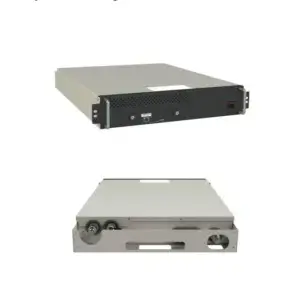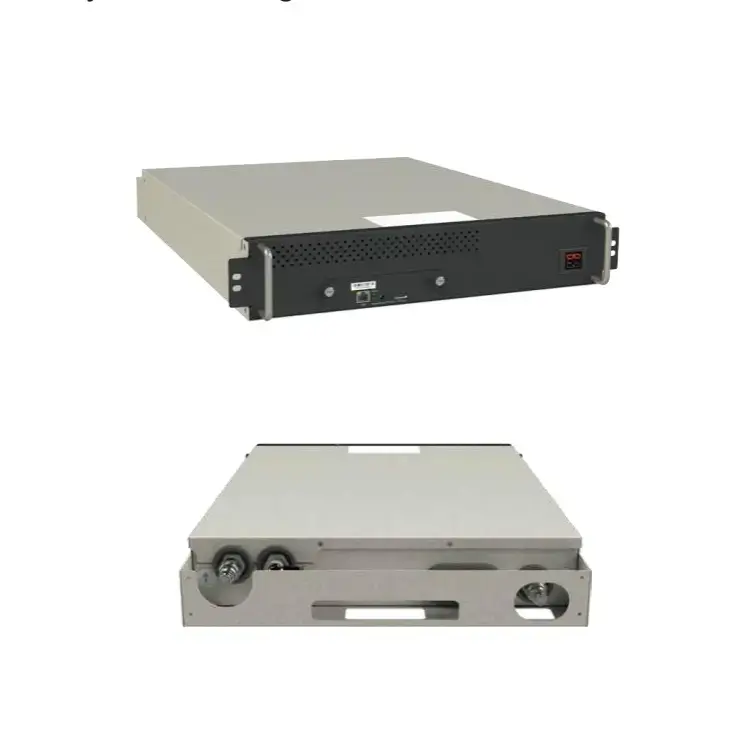Miner S21 Hyd.: Challenges and Solutions in .Liquid Cooling Implementation
The evolution of cryptocurrency mining has brought forth a variety of technological advancements aimed at improving efficiency and performance. Among these innovations, liquid cooling has emerged as a promising solution for managing the intense heat generated by high-performance mining hardware. The
Miner S21 Hyd., a liquid-cooled variant of the S21 series, exemplifies this trend. However, the implementation of liquid cooling systems is not without its challenges. This article explores the key obstacles faced during the deployment of liquid cooling for the
Miner S21 Hyd. and presents practical solutions to overcome them.
Thermal Management and Efficiency
One of the primary reasons for adopting liquid cooling in the
Miner S21 Hyd. is to achieve superior thermal management. Unlike traditional air-cooled systems, liquid cooling can transfer heat away from components more effectively, allowing for stable operation even under heavy workloads.
However, ensuring optimal thermal performance requires precise engineering. Issues such as coolant flow rate, heat exchanger design, and thermal paste application must be carefully addressed. A mismatch in any of these factors can lead to hotspots on the mining chips, reducing overall efficiency and potentially causing long-term damage.
Solution: Manufacturers must conduct extensive thermal testing and simulation to fine-tune cooling parameters. Using high-quality thermal interface materials and optimizing the flow dynamics within the cooling loop can significantly enhance performance.
System Reliability and Leak Prevention
Liquid cooling introduces a new risk factor—leaks. In a mining environment where hardware operates continuously, a single leak can cause catastrophic damage to the
Miner S21 Hyd. and surrounding equipment. Ensuring system reliability becomes a top priority.
Leakage risks are often associated with fittings, tubing, and pump seals. Over time, wear and environmental factors such as vibration and temperature fluctuations can compromise these components.
Solution: Implementing a robust leak detection system and using high-grade, corrosion-resistant materials can mitigate this risk. Regular maintenance protocols, including pressure testing and visual inspections, should be established to ensure long-term reliability.
Maintenance and Accessibility
Maintaining a liquid-cooled system like the
Miner S21 Hyd. can be more complex than maintaining air-cooled alternatives. Tasks such as refilling coolant, replacing components, and inspecting the cooling loop require specialized knowledge and tools.
Moreover, accessibility to internal components can be limited due to the presence of cooling channels and piping, making routine maintenance and troubleshooting more time-consuming.
Solution: Designing modular cooling systems that allow for easy disassembly and reassembly can streamline maintenance. Providing clear documentation and training for operators ensures that maintenance tasks are performed efficiently and safely.
Cost and Energy Efficiency
While liquid cooling offers superior thermal performance, it often comes at a higher initial cost. The
Miner S21 Hyd. requires additional components such as pumps, radiators, and coolant reservoirs, which increase the overall system cost.



Additionally, the energy required to operate the cooling system must be factored into the total power consumption of the mining rig. In some cases, the energy savings from improved thermal performance may be offset by the power demands of the cooling system itself.
Solution: Optimizing the cooling system’s design to minimize energy consumption while maintaining performance is crucial. Using energy-efficient pumps and intelligent control systems that adjust cooling based on real-time thermal conditions can help achieve a favorable balance.
Conclusion
The
Miner S21 Hyd. represents a significant step forward in the evolution of cryptocurrency mining hardware. While liquid cooling offers numerous benefits, it also presents unique challenges related to thermal management, system reliability, maintenance, and cost efficiency. By addressing these challenges with thoughtful engineering and proactive maintenance strategies, the potential of liquid-cooled mining systems can be fully realized.


 Additionally, the energy required to operate the cooling system must be factored into the total power consumption of the mining rig. In some cases, the energy savings from improved thermal performance may be offset by the power demands of the cooling system itself.
Solution: Optimizing the cooling system’s design to minimize energy consumption while maintaining performance is crucial. Using energy-efficient pumps and intelligent control systems that adjust cooling based on real-time thermal conditions can help achieve a favorable balance.
Additionally, the energy required to operate the cooling system must be factored into the total power consumption of the mining rig. In some cases, the energy savings from improved thermal performance may be offset by the power demands of the cooling system itself.
Solution: Optimizing the cooling system’s design to minimize energy consumption while maintaining performance is crucial. Using energy-efficient pumps and intelligent control systems that adjust cooling based on real-time thermal conditions can help achieve a favorable balance.




